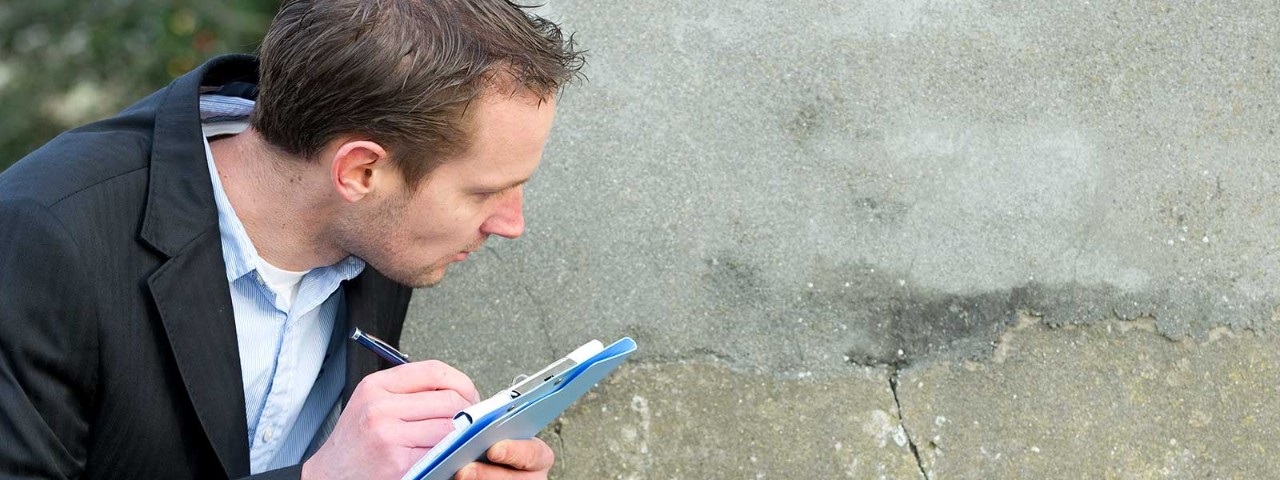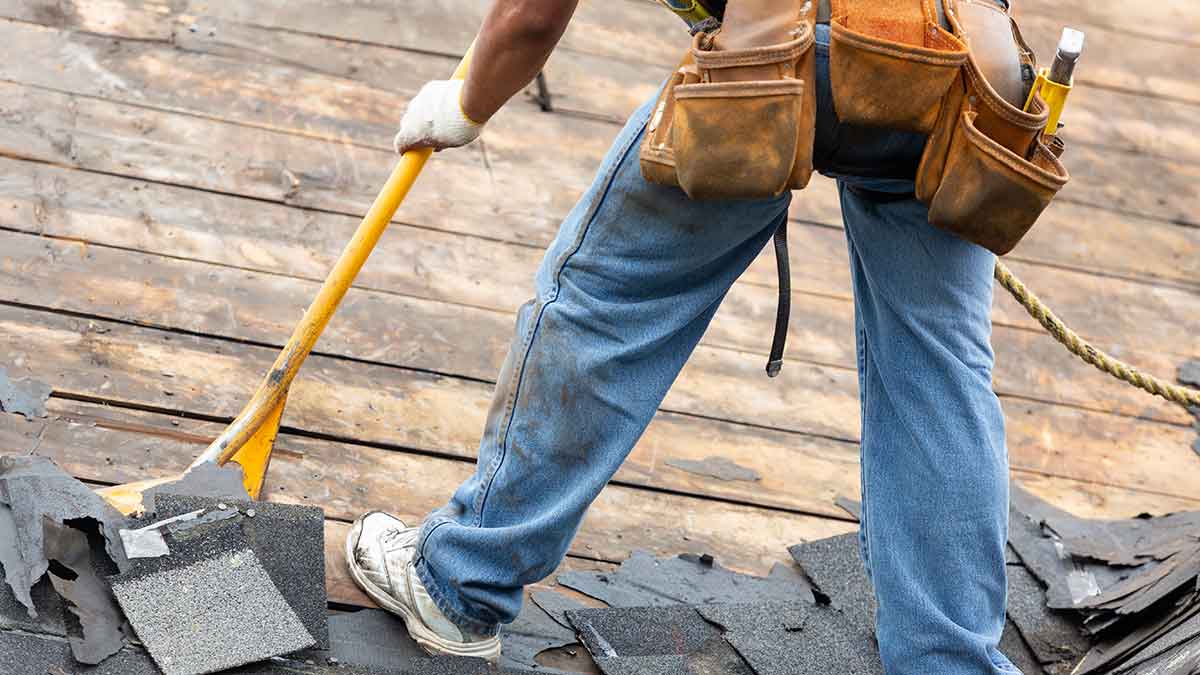Finding a home insurance policy that suits your needs can be tricky. Here’s the ultimate guide to finding the best home insurance policy for your circumstances.
Earthquake aftershocks a potential threat to housing

Victorian homeowners warned to act on cracks and uneven floors to protect their homes.
Earthquakes can cause structural damage to your home and an expert has warned that aftershocks can worsen any underlying problems.
“You cannot rule out the risk of damage from the aftershocks. If the building is already damaged by the main shock itself, it is more vulnerable to even the smaller ground shaking,” Geoscience Australia senior seismologist Dr Hadi Ghasemi says.
Geoscience Australia has recorded more than 150 aftershocks with a magnitude greater than 1.0 since a magnitude 5.9 earthquake was detected around Mansfield in Victoria’s north-east in September. The earthquake on September 22 was reportedly felt by more than 41,000 people and caused serious damage to buildings in Melbourne, especially in the inner suburbs of Prahran, Fitzroy and Kensington.
Rapid Building Inspections Director Daniel Watts says heritage and older buildings are more at risk because they were built prior to the introduction of minimum earthquake construction standards, which have been regularly updated since 1979.
“Our advice would be, if anyone has noticed any changes to their house, such as new cracking, windows jamming, unevenness to their flooring, and any other signs of movement, whether it’s inside or outside to the deck or yard, then we would recommend an inspection,” Watts says.
“A qualified building inspector can come to the property, look at the cracking, unevenness, or subsidence (sinking) outside, and determine whether it’s major or minor. If it’s major, they will likely recommend additional specialists, such as an engineer, to provide advice on how to rectify it.”

Always check for damage after an earthquake and make the necessary home repairs.
Types of houses and structures at risk
Even partial damage needs to be addressed so that your home can withstand the next natural disaster. It doesn’t have to be another earthquake. If there is structural damage, a house may not be able to hold up against high winds or a flood.
Properties built with masonry products, bricks, blocks or concrete are more likely to crack or move than a timber house when there is seismic activity.
“Timber properties may experience some plasterboard cracking to the walls, but you are less likely to see any part of the building collapse. Properties on concrete slabs also more likely to experience damage from seismic movement than those built on stumps,” says Watts.
Damage due to seismic activity typically reveals itself in a visual manner, but houses in Melbourne with old-style clay piping such as sewer connections may be vulnerable.
“Cracked piping is potentially a hidden damage, and a specialist would typically be required to check on that,” he adds.
Why we need to be prepared
Although the recent earthquake was Victoria’s biggest recorded in the modern instrumental era, seismic activity is not unusual across the south-east coast and the rest of Australia.
Geoscience Australia says the Australian plate is the fastest moving continental land mass on Earth and is colliding into the Pacific plate to the north and east, and the Eurasian Plate to the northwest. On average, Australia experiences an earthquake every year or two.
Although scientists can’t predict the next earthquake, they can use data collected from Victoria’s most recent earthquake to improve hazard estimates and guide building design.
And Victorian homeowners and landlords can also prepare for unexpected natural events such as earthquakes by ensuring they have adequate home buildings and contents insurance.
Where to look for earthquake damage
- Displaces rainwater structures, such as guttering, downpipes and roof tiles, which can lead to leaks in the roof
- Cracking to plasterboard or masonry elements
- Damage to exposed beams
- Jammed doors or windows
- Uneven floorboards
- Unstable stairs
- Subsidence or sinking in the front or backyard
What does a building inspector do?
- Conducts a visual inspection of the property
- Observes the exterior and interior of the roof, external and internal walls, floors, ceilings, driveway, fences, subfloor and the yard
- Photographs and writes down details about the location and nature of any obvious defects
- Advises the homeowner on why a defect should be fixed
- Recommends the types of tradesmen or specialists that can repair the issue


